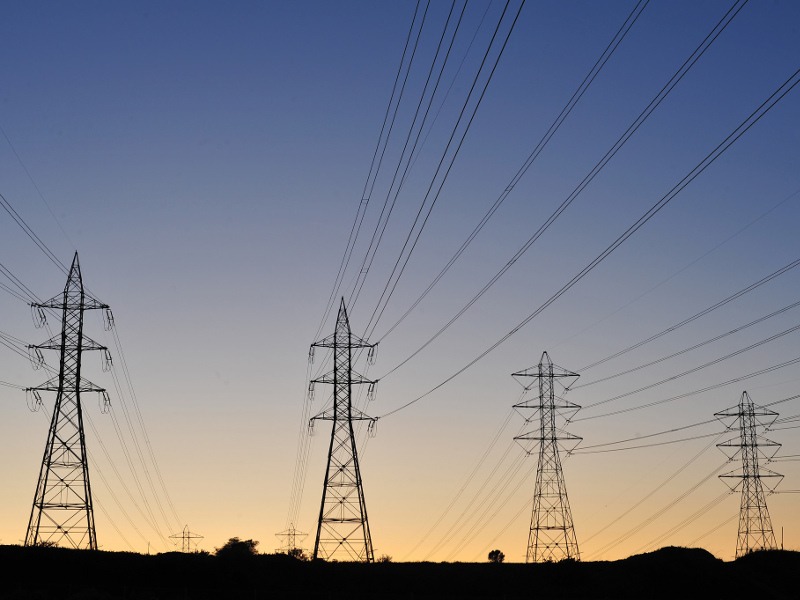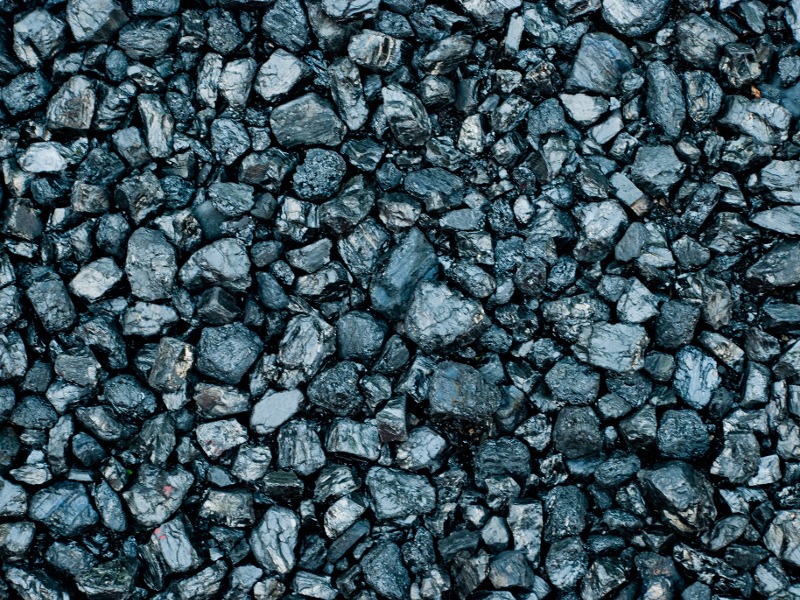Manjung power plant, also known as the Sultan Azlan Shah power station, is a 4.1GW coal fired power facility located on an artificial island off the coast of Perak in Malaysia.
The power station is owned and operated by TNB Janamanjung, a wholly owned subsidiary of Malaysia's largest electricity utility Tenaga Nasional Berhad (TNB).
Built in three phases during 1999 and 2017, the Manjung power station is considered to be one of the biggest Independent Power Producer (IPP) projects in Asia.
Originally developed with three 700MW units at an estimated investment of $1.8bn, the power plant commenced operation in 2004. It was further expanded by two 1000MW ultra-supercritical (USC) units in April 2015 and September 2017.
Project Gallery
The coal-fired power station, at its full capacity, is estimated to account for 18% of Malaysia’s total electricity generation.
Manjung coal-fired power station make-up
Located 4.5m above the sea level on 320ha of reclaimed land, the Manjung coal-fired power station comprises five generating units along with the terminal and coal handling facilities.
The first three 700MW units of the Manjung power plant are equipped with the conventional boilers, steam turbines and generators supplied by ABB Alstom Power.
The 1000MW Manjung four power plant commissioned in April 2015 is the Southeast Asia's first ultra-supercritical coal-fired power plant. GE supplied the boiler, steam turbine, generator, and the complete set of Air Quality Control Systems (AQCS) for the Manjung four power plant.
Equipped with advanced environmental control technologies including the Flue Gas Desulfurization (FGD) system, the Manjung four power plants emit 70% lesser SO2 and NOx compared to the conventional generating units of the plant.
The Manjung five power plant commissioned in September 2017 is the second 1000MW ultra-supercritical unit operating at the power station. It is equipped with an ultra-supercritical variable pressure once-through boiler, steam turbine and generator as well as the FGD system supplied by Mitsubishi Hitachi Power Systems (MHPS).
Coal supply, handling and storage
The Manjung power station consumes up to 15 million tonnes (Mt) of coal a year which is imported from Indonesia by TNB Fuel Services, a wholly-owned subsidiary of TNB.
The power station receives coal supply through the nearby Lekir Bulk Terminal (LBT) of the Lumut Port. A coal jetty for the power plant was constructed at the LBT in 2002. The jetty serves vessels of as much as 150,000t.
The LBT is 80% owned by Integrax, which became a wholly-owned subsidiary of TNB in February 2018.
The coal delivered at the terminal is stored at stock yards equipped with smart weather-based coal dust suppression system.
The power station received its first blended coal shipment in December 2018. Integrax is planning to set up its own coal blending facility at the LBT.
Contractors and suppliers involved
A consortium formed by ABB Alstom Power (75%) and Peremba Construction (25%) was the engineering, procurement and construction (EPC) contractor for the original 2100MW Manjung power plant commissioned in 2004.
ABB Alstom Power supplied the main equipment including the boilers, steam turbines and generators for the plant while Peremba was responsible for the construction.
The plant's transmission link to the Malaysian mainland was provided by ABB.
Leighton Asia designed and constructed the coal jetty at the LBT at an estimated cost of $105m, whereas the coal yard equipment was supplied by Koch.
Sembawang Engineers and Constructors, the Singapore-based subsidiary of Punj Lloyd, was responsible for the supply of piping system for the turbine hall and Balance of Plant (BOP) for the first three 700MW units.
GE along with CMC Engineering was the EPC contractor for Manjung four power plant.
Sumitomo Corporation, in a consortium with Daelim Industrial was awarded the EPC contract for the Manjung five power plant in August 2013.
MHPS was subcontracted for the supply of main equipment including the boiler, turbine, generator and the FGD system for the Manjung five power plant.


